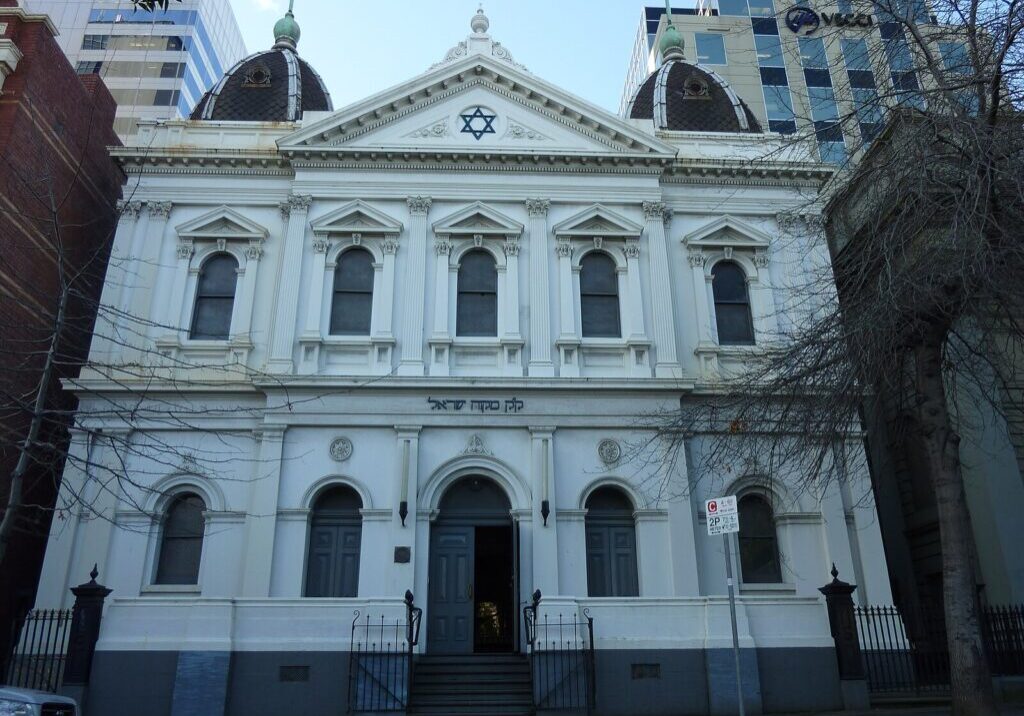Australia/Israel Review
Hamas on the ropes
Sep 23, 2024 | Jonathan Schanzer

The Israel Defence Forces (IDF) announced on September 12 that the southern army of Hamas in Gaza, called the Rafah Brigade, had been dismantled. The spokesman’s office said 2,000 Hamas fighters had been killed, and that 80% of the tunnels in the area had been destroyed. This comes just days after Israeli Defence Minister Yoav Gallant declared that Hamas no longer existed as a military force in Gaza, and that it was time for Israel to head north because a war with Hezbollah in Lebanon is looming.
What to make of this?
There can be no doubt that Hamas is a spent force. The estimates of Hamas fighters killed during this war vary, but it’s safe to say that the number stands at 18,000, and possibly even higher. That’s roughly two-thirds of the fighting force Hamas boasted on October 7. Thousands more Hamasniks have been injured and will not be returning to the battlefield (many have received treatment in Turkey). Still more thousands have been captured during the fighting and are in Israeli custody, where interrogators are extracting intelligence that continues to help Israel neutralise Hamas across the Gaza Strip.
The leadership of Hamas is also in shambles. The Israelis took out the high-profile military/political leader Saleh Arouri in Lebanon in January. Then they eliminated deputy military commander Marwan Issa in March. After that, the Israelis took out elusive military commander Mohammed Deif. And finally, on July 31, they pulled off the brazen killing of political chief Ismail Haniyeh in the heart of Teheran. There are few recognisable Hamas leaders left. But the only one who matters now is Yahya Sinwar, the mastermind of the October 7 attacks, who recently consolidated power and is endeavouring to lead Hamas from deep within the Gaza tunnels as the Israelis hunt him.
Recent reports suggest that morale is abysmal within the remaining ranks. Hundreds of mid-level commanders have been killed. Gaza’s infrastructure has been hammered, and Israeli engineers are slowly but surely destroying the subterranean labyrinth that is currently the only place the remaining fighters can hide.
Despite all this good news – and it is unmistakably good news – four obvious challenges remain before Israel can fully pivot out of Gaza.
First, there is no way the Israeli public will allow for a withdrawal from Gaza without recovering the hostages. Despite calls from the hostage families and major segments of Israeli society to end the war, they know that ending it will not be possible without a ceasefire deal. Hamas and its patrons in Teheran are still not signalling a willingness to ink such a deal. Sinwar and the ayatollahs would prefer to subject Israel to a war of attrition, with Iranian proxies attacking it from multiple fronts.
Second, Israel must deal with the Philadelphi Corridor, the thin patch of dirt that runs astride the Gaza-Egypt border. It’s less than 15 kilometres-long, but beneath it lie dozens of tunnels that snake into Egypt. The Sinai Peninsula appears to have served as the logistical hub for these subterranean supply lines. Currently, the IDF assesses that none of these tunnels is active. But should Israel fail to tackle the existing problem now, the return of Hamas would be guaranteed. The Israelis must insist upon an underground wall and sensor system similar to the one it has around the Israeli-Gaza border. That was just about the only system that worked on October 7. But the Egyptians have yet to cede that there is a problem, let alone allow for such a system to be built. That means it’s time for Washington to step in and apply pressure. So far, the Biden Administration is nowhere to be found.
The third challenge is the low-level insurgency that is expected to continue well after the hard fighting is done. Hamas fighters or wannabes in track suits are sure to come out of the woodwork and target the IDF forces that will remain in Gaza. Those irregulars will need to be dealt with while post-war construction plans are made.
And finally, there is the post-war period. Regardless of who steps in to help fill the administrative void (Saudi Arabia, the United Arab Emirates, several European countries and the United States are among those rumoured to be open to such a role), the IDF will not and cannot allow other forces to handle security in Gaza. In light of the failure to protect the southern communities on October 7, there is an unwavering determination across the security establishment to stand guard and protect against future attacks. Indeed, they insist upon it, and they must.
The hope now is that the IDF footprint needed in Gaza will diminish significantly over time. Israelis would welcome the opportunity to begin to put the last 12 months in the rear view. But they all know that this long war is far from over. Iran continues to direct its proxies to attack the Jewish state. More immediately, a war with Hezbollah in Lebanon threatens. It’s unclear when that battle will unfold, but it promises to be far more taxing than the tough and brave slog Israel appears ready to conclude.






